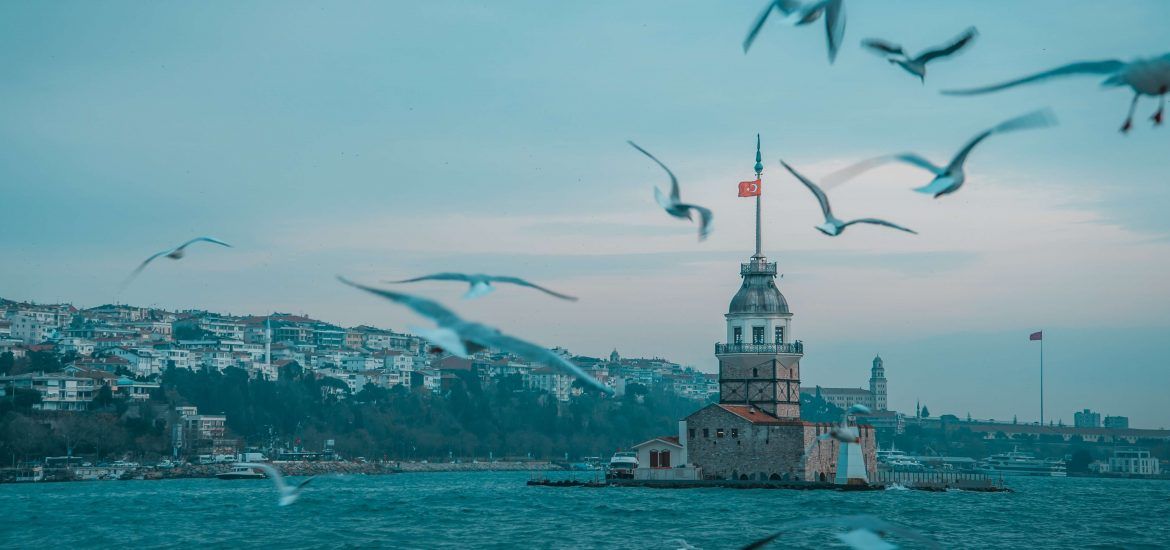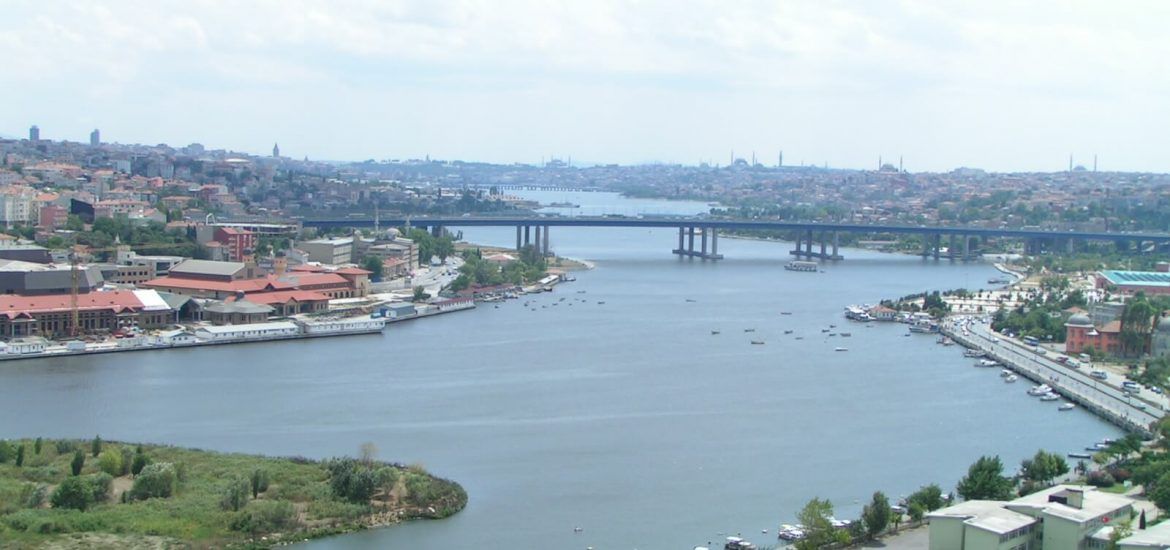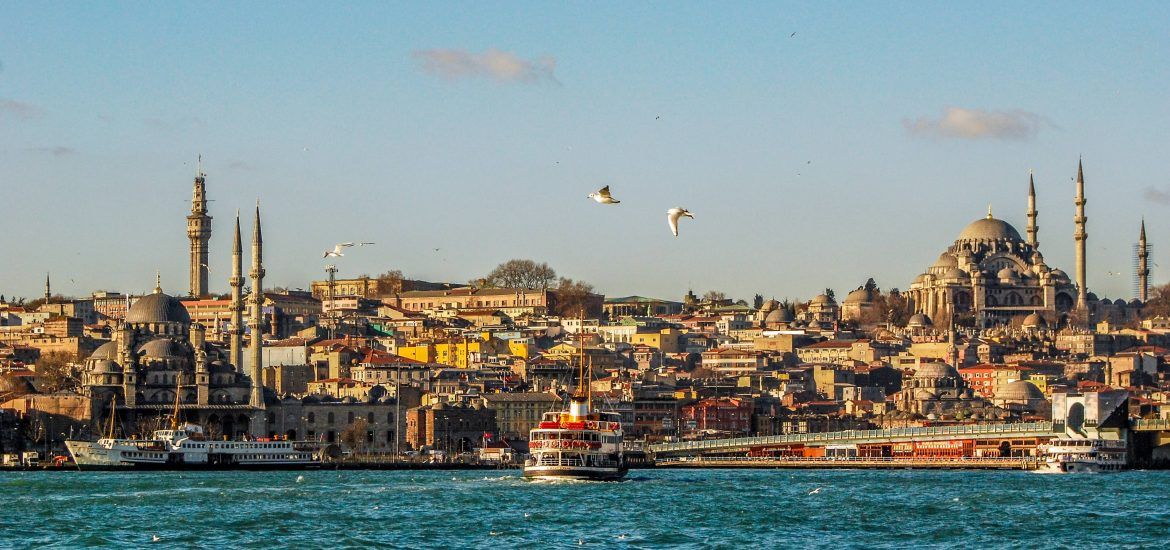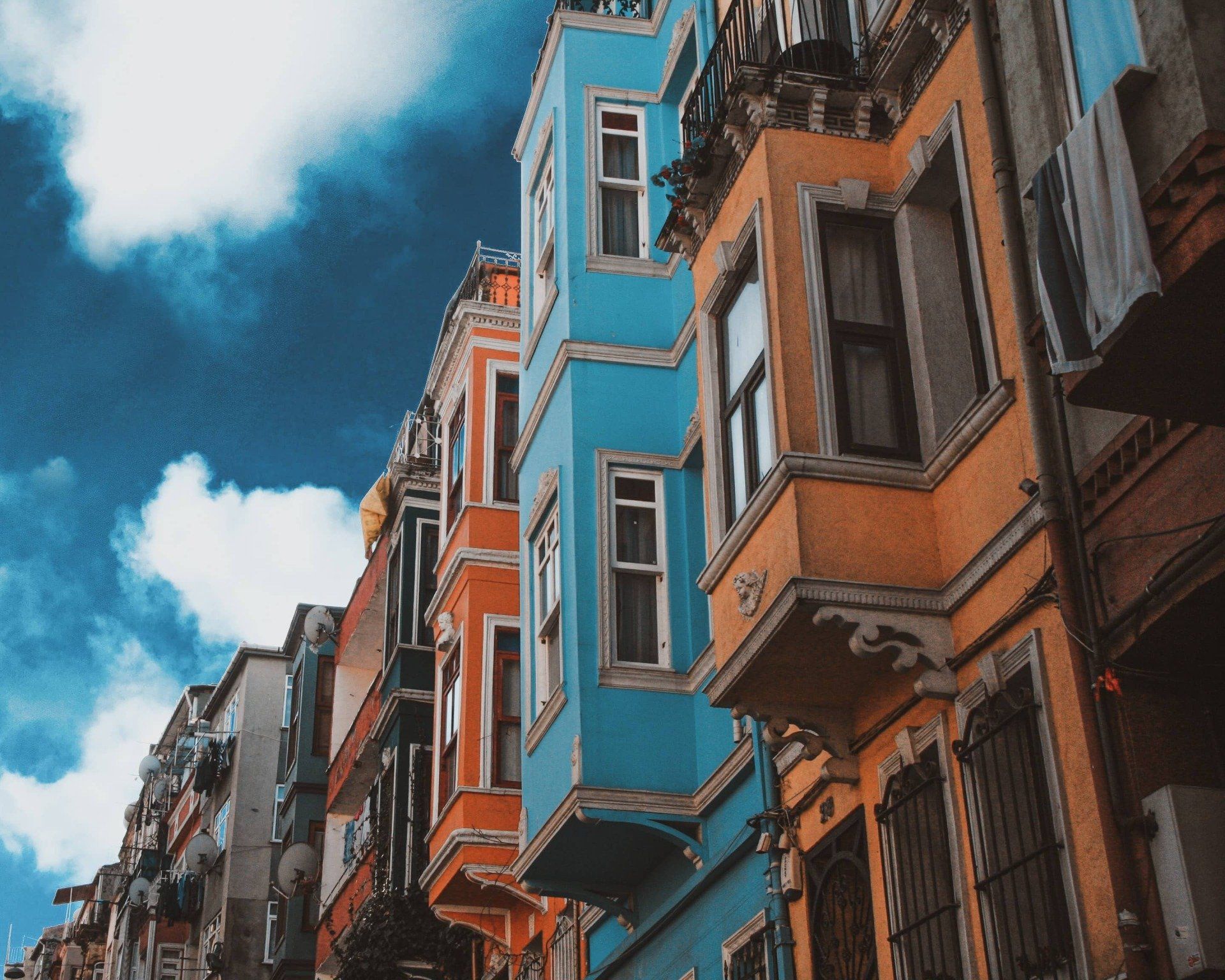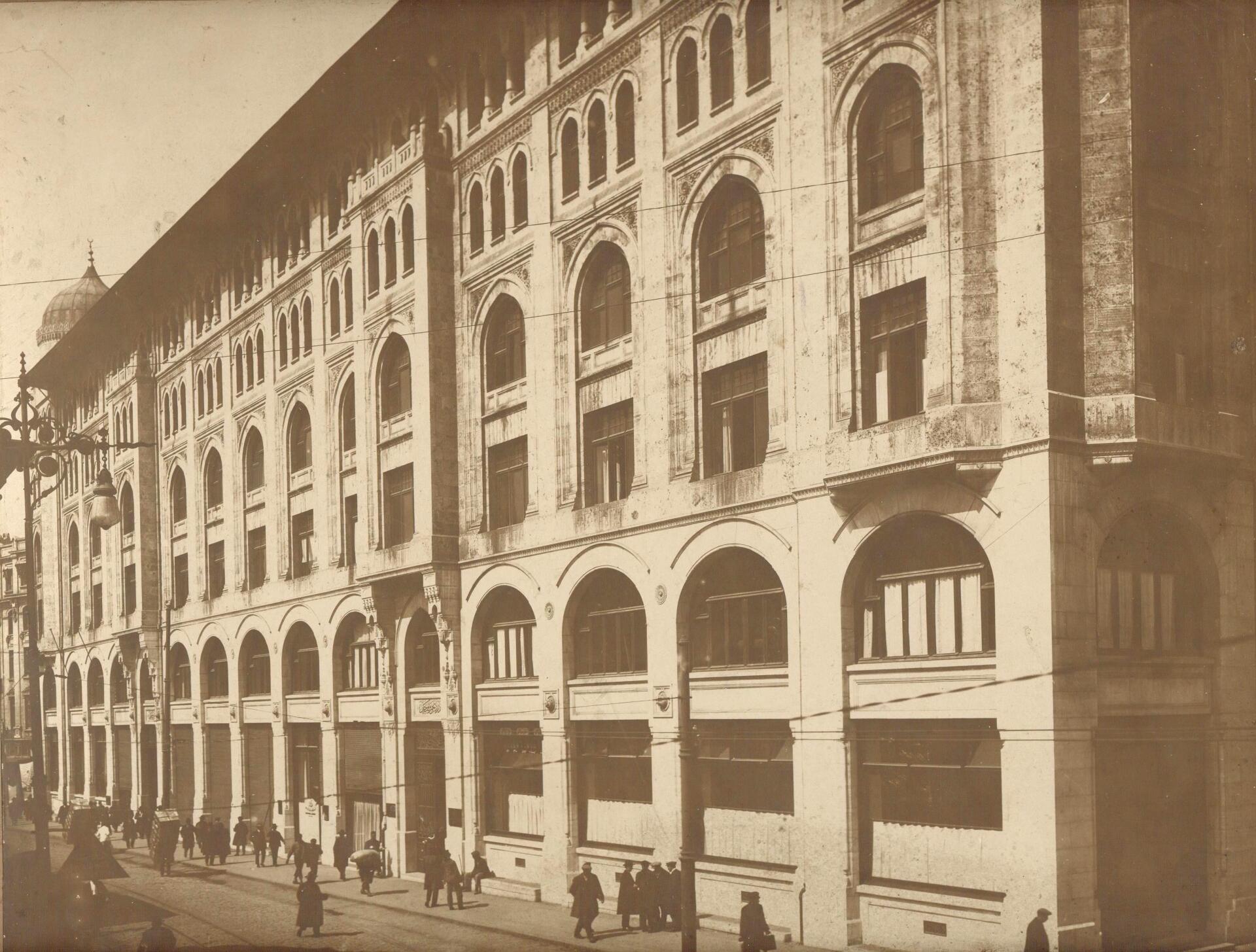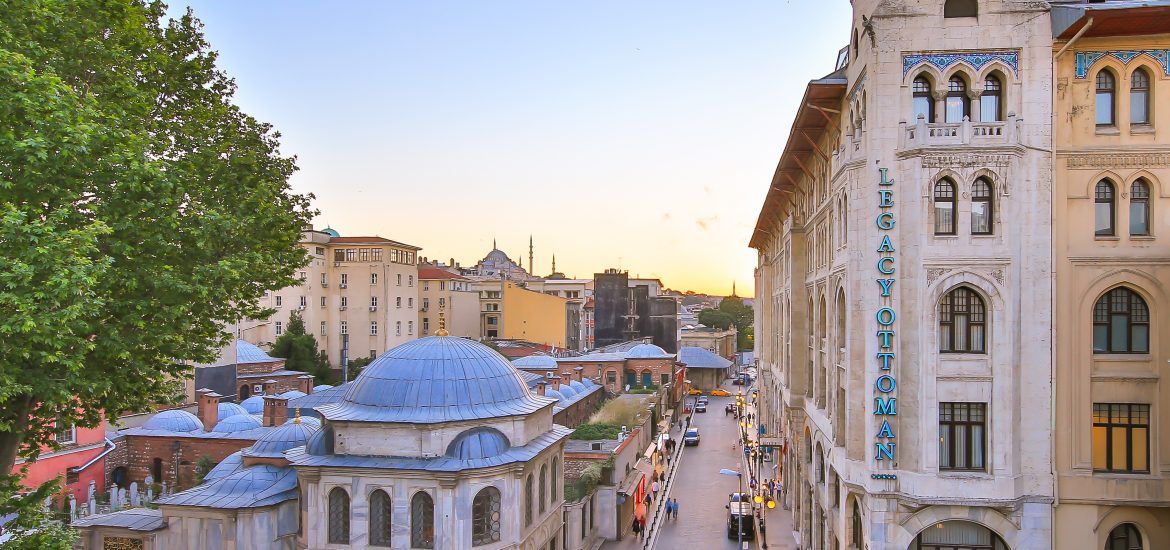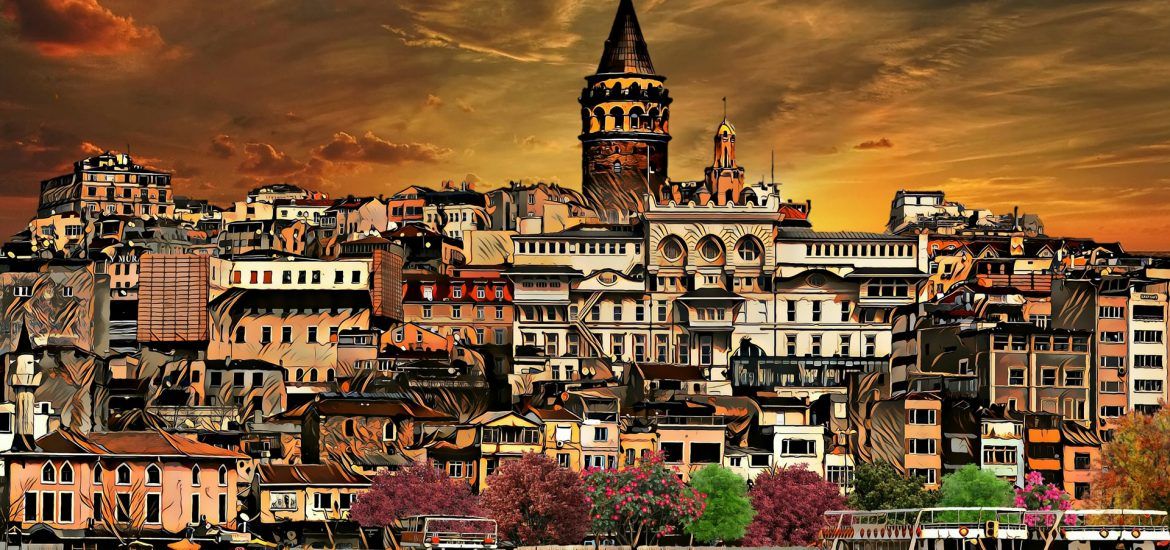Blue Mosque History and Story
Istanbul is a city that welcomes visitors from all over the world. With its historical structure, location, beauty and story, it has always been at the focus of people. One of the most visited historical buildings in Istanbul is the Blue Mosque. The Blue Mosque is located right across the Hagia Sophia in the Historical Peninsula, the center of the city’s history. This historical mosque also gave its name to the square where it is located.
The Blue Mosque was built by the Ottoman Empire Sultan Ahmet I. Built between 1609 and 1616, the building is one of the greatest examples of classical Turkish art. It is the first mosque built with 6 minarets. Architect Sedefkar Mehmet Aga, the architect of the Mosque, is a student of the famous architect of the Ottoman, Mimar Sinan.
The Blue Mosque is not only a mosque but a complex that includes many buildings. It contains the bazaar, Turkish bath, public soup-kitchen, hospital, education areas, caravanserai and Sultan Ahmed’s tomb. The entrance of the mosque is on the side of the Roman hippodrome that had Istanbul before the Ottoman Empire.
Architectural Features of the Blue Mosque
Three sides of the mosque are surrounded by balconies. Opposite the main entrance, the mihrab and next to it, there is a marble cushion, one of the most beautiful examples of carving. The dome of the mosque is the most magnificent among those found in Ottoman mosques. The main dome is 43 meters high and 23.5 meters in diameter.

The architecture of the Blue Mosque does not only bear Ottoman traces. Byzantine architectural features were also used in the mosque. Thanks to the 260 windows skillfully placed in the mosque, a very spacious atmosphere is created inside. Due to the way the windows are placed, the main dome looks as if it were suspended in the air. Unlike its counterparts, this mosque is very bright and spacious.
A special acoustic structure was created with 12 different types of marble used in the interior structure of the Blue Mosque. Special efforts have been made to convey the echo that emerges with the speech of a person in the interior area without distortion. It is known that the musical knowledge of Architect Mehmet Ağa contributed greatly to the improvement of the acoustic structure of the Blue Mosque.
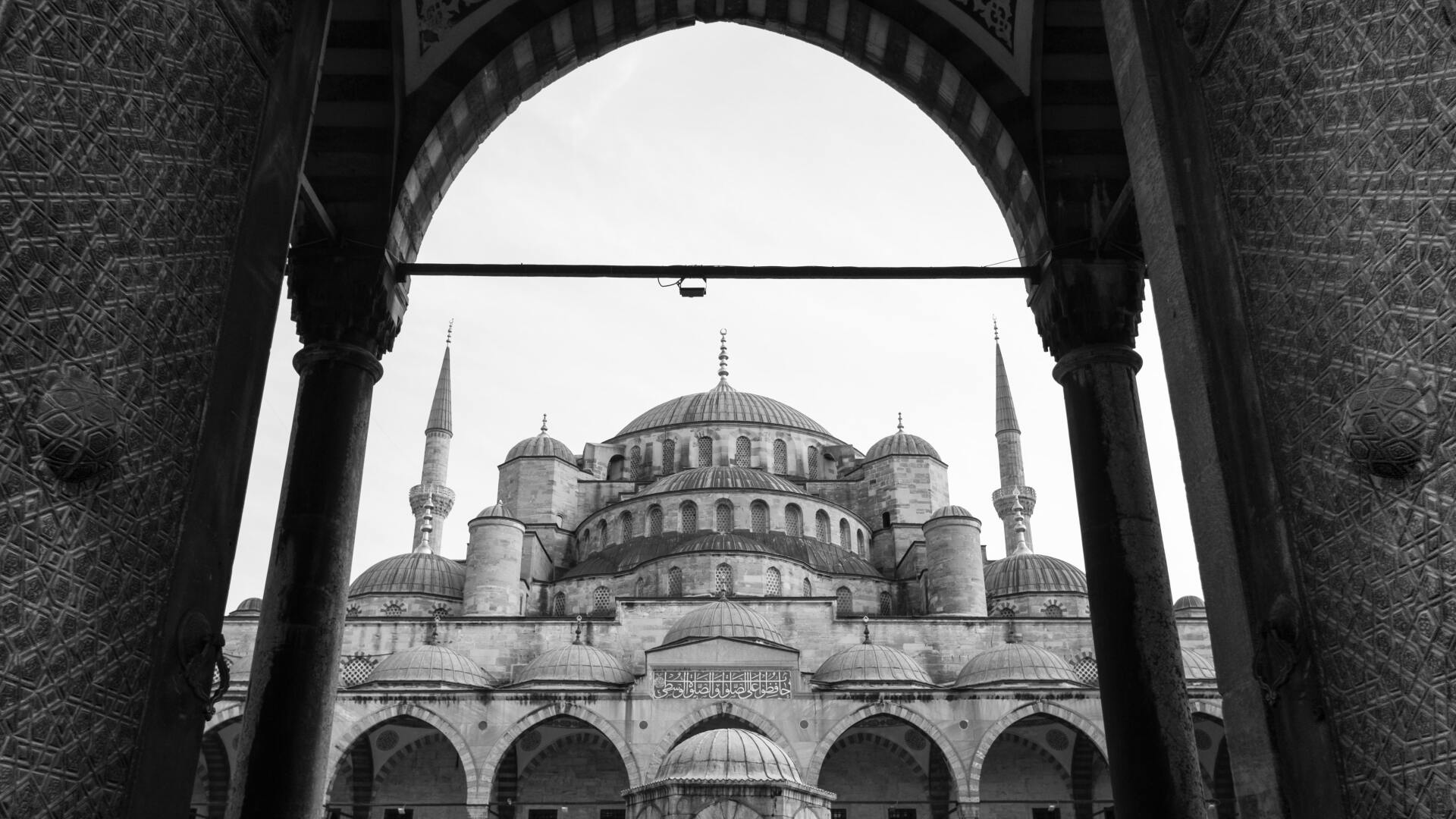
Sections in the Blue Mosque
Tomb of Sultan Ahmet I
It was built in 1619 in the northeast corner of the Sultanahmet Complex. The tomb is covered with a dome resting on a polygonal drum. The entrance to the tomb looks like a three-part portico.
Muvakkithane
In the Ottoman Empire, there are 29 of the 38 timing houses built for the determination of prayer times, which have survived until today. One of them is in the Blue Mosque. The windows are made large so that the clocks in the timekeeping can be seen by everyone when viewed from the outside. This building is currently used as the Museum Office.
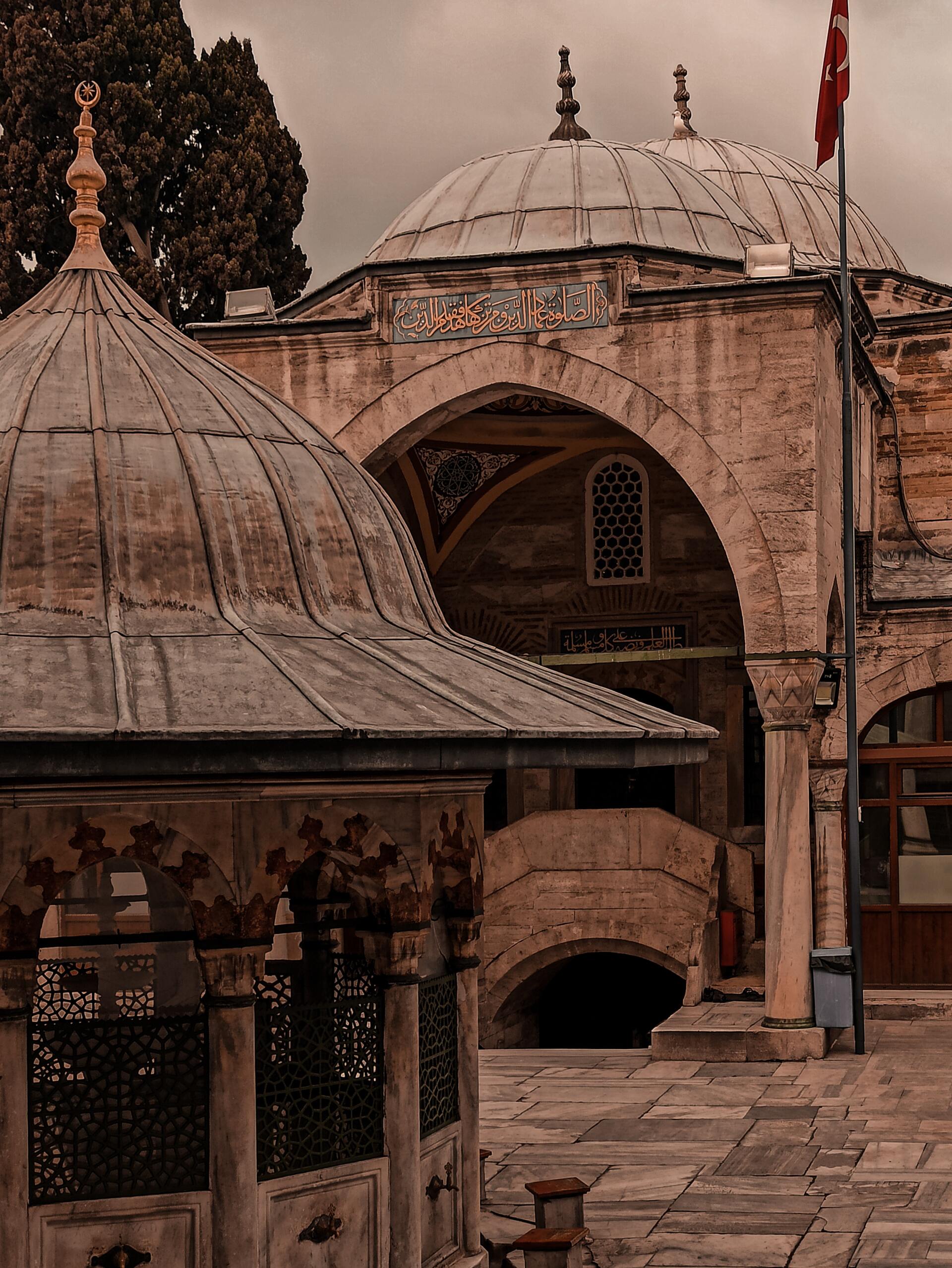
Hünkar Pavilion
In this area, the sultans hosted their visitors before or after prayers. He was chatting with them and listening to their troubles. This part, which has undergone many renovations, has survived until today without any damage. The Hünkar Pavilion in the Blue Mosque consists of two rooms.
Arasta (Bazaar)
Arasta is a bazaar where handmade items are sold. It is located on the street just behind the Blue Mosque. There are more than seventy shops in the bazaar. During the Ottoman period, this place was also called Sipahiler Bazaar.
Sultanahmet Turkish Bath
After a fire that broke out in the bathhouse, this place was badly damaged. Some parts of it have been looted. The original bath was built with a hexagonal plan.
Darüş-Şifa
Darüş-Şifa is a hospital as it is known today. In the 17th century, the first Darüş-şifa was built in the Blue Mosque. It consists of 26 rooms.
Primary School
The Primary School was built in 1619 on the corner of the outer courtyard wall of the mosque. There is a fountain and shops on the ground floor of the school. There is a square planned classroom on the upper floor.
